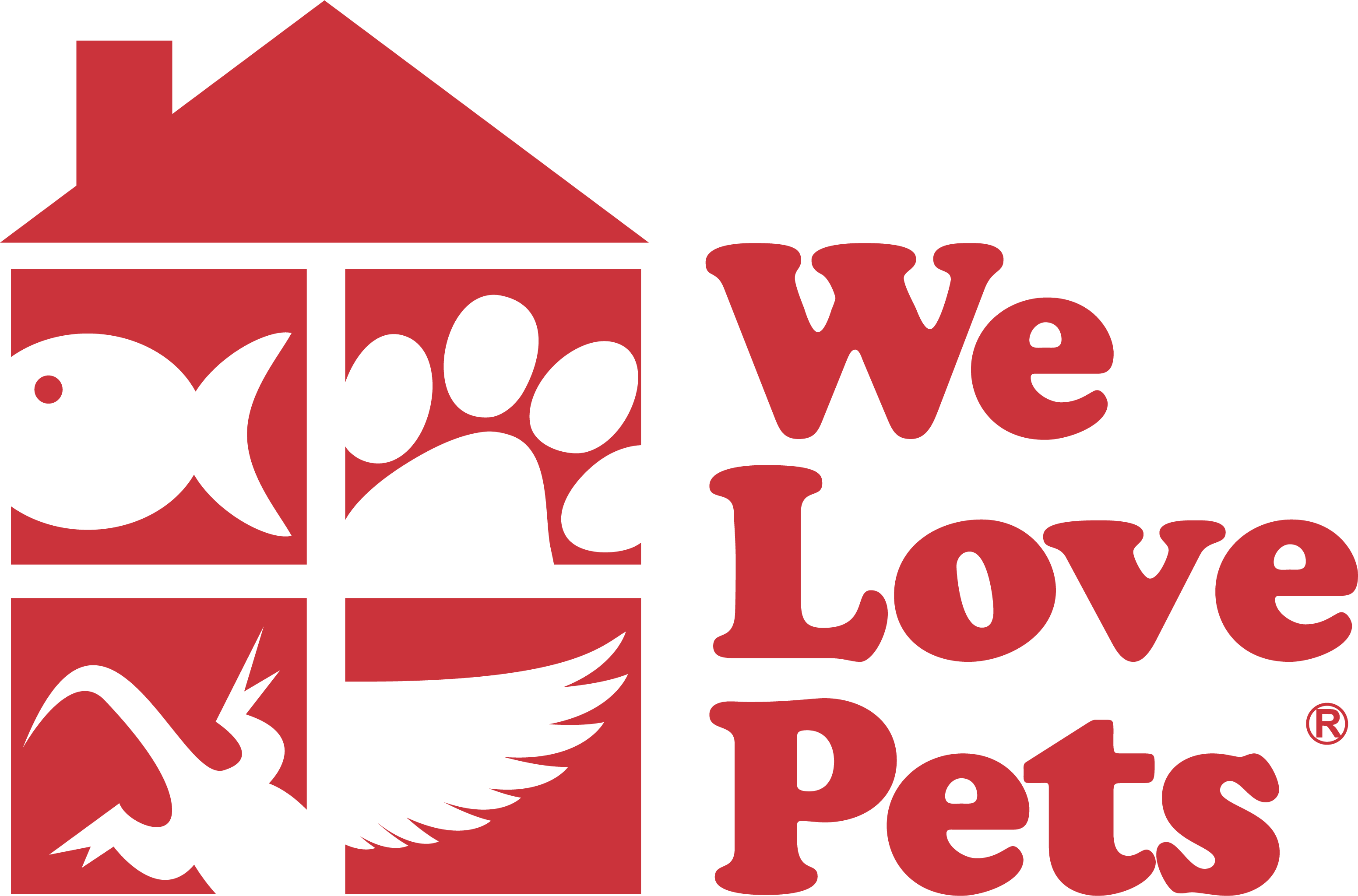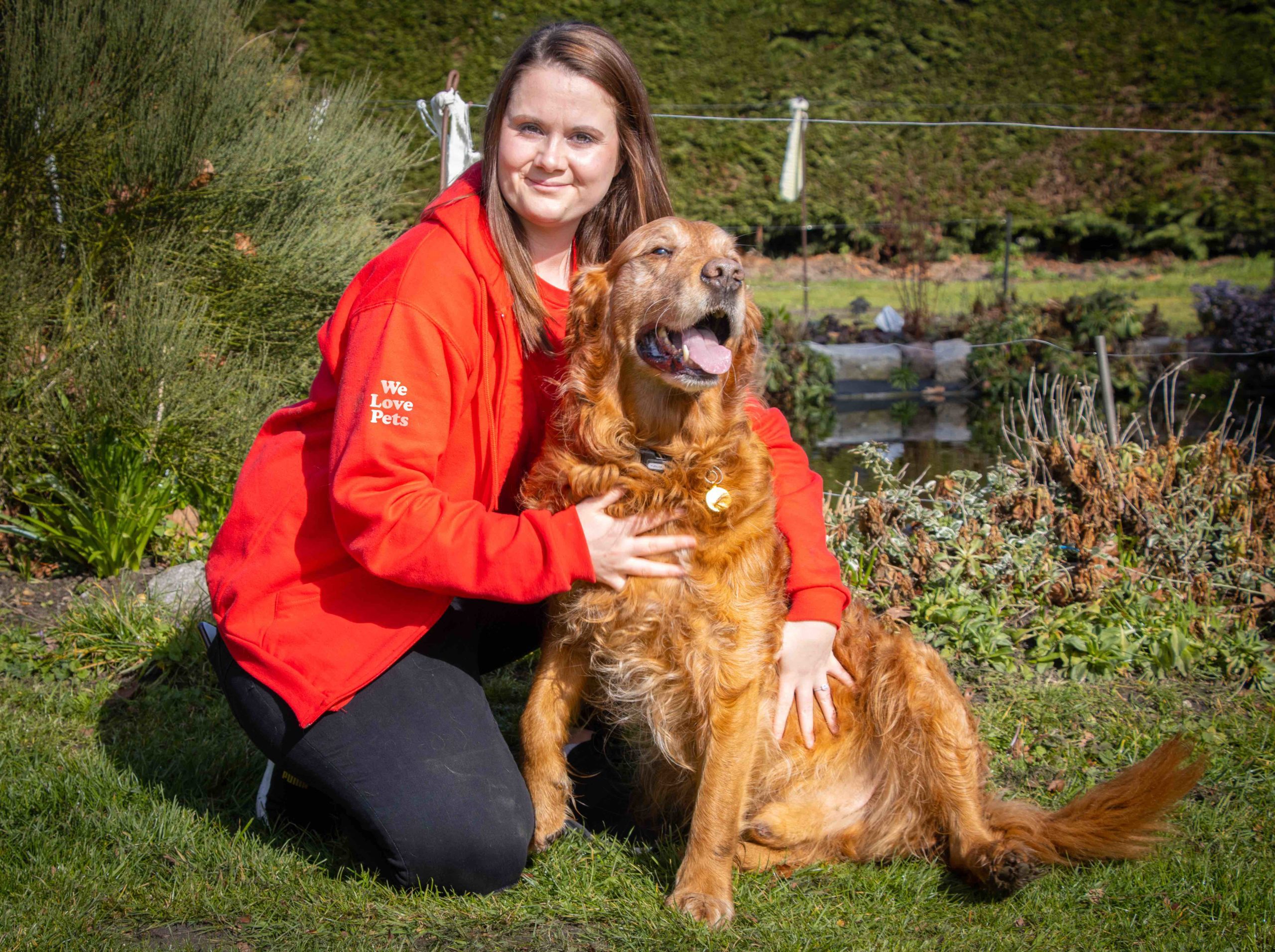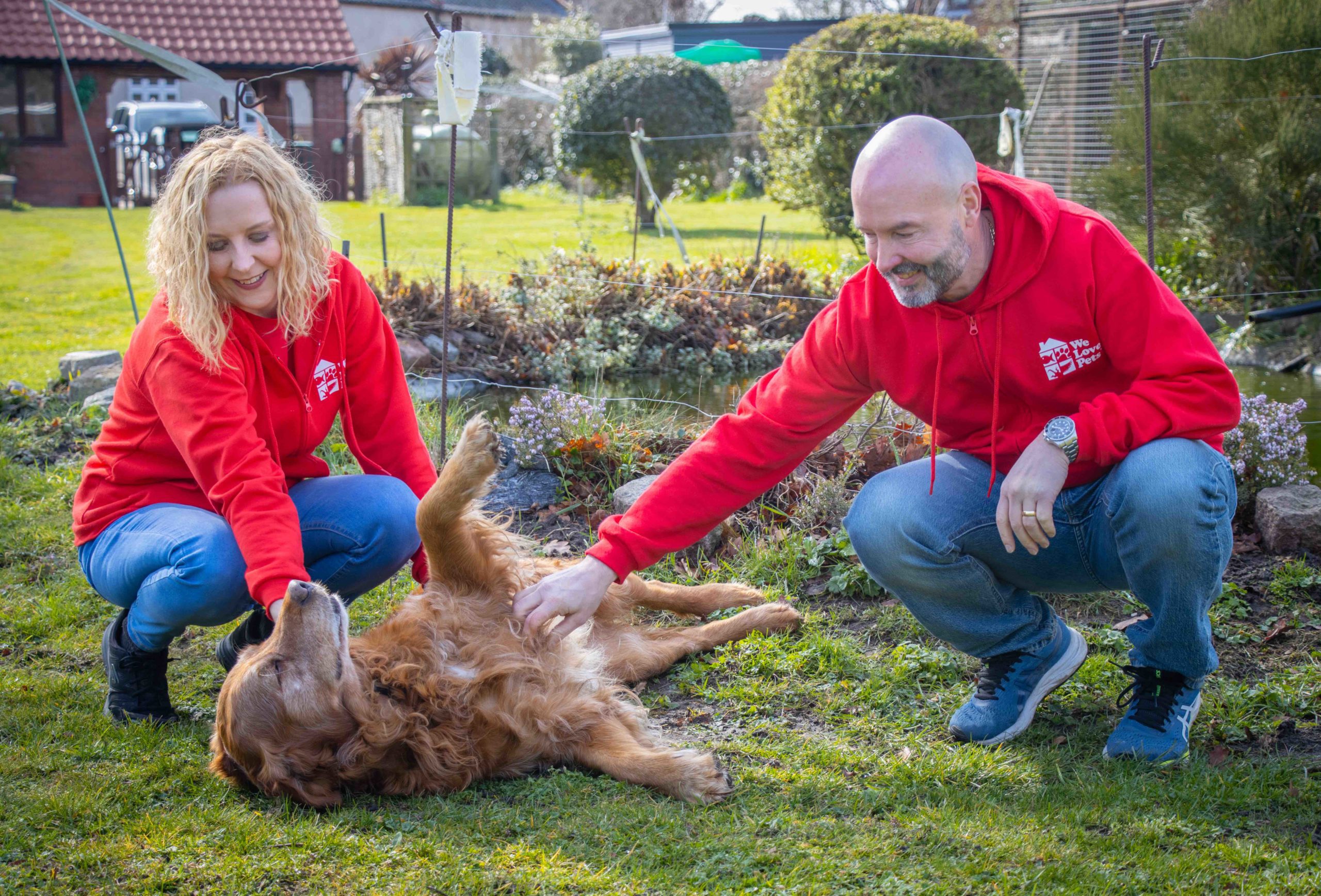What did the hungry Dalmatian say when he had some kibble? That hit the spot!
Providing good quality, nutritional food for our cats and dogs is a huge part of caring for them. But when there’s so much choice out there, divided into two categories, (both of which are valid choices) it can feel a little overwhelming! We’ve broken down the good and bad of wet and dry food, so that you can make the best choice for your pets.
Flavour
It is widely agreed that cats and dogs find wet food more flavourful. It also has a stronger scent, which can encourage eating. This is especially relevant if your pet is underweight or isn’t eating enough– providing more appetising wet food can encourage them to eat what they should.
That being said, every pet is different. Oftentimes, picky eaters will prefer wet food, but the opposite is just as possible – your pet may only like to eat dry food. In which case, let them!
Convenience
Shelf Life
In this area, dry food wins as it’s essentially more flexible. While wet food may have a longer shelf life on the tin, once it’s been opened, it is usually perishable within 24 hours. Unused food will require refrigeration, and this could lead to waste if a container can’t be used within a day. On the other hand, dry food can be left in a bowl during the day, allowing free feeding and grazing, which some pets prefer over strict mealtimes. Dry food can also be used in uber-convenient food dispensers.
Price
Dry food is most definitely the cheaper option. This may mean that within their budgets, pet owners can buy a higher quality dry food than they could wet food.
Mess
Wet food can make a real mess! Whether it’s mess on their furry faces or spillage on your floor, wet food is definitely more work in this area. Dry food doesn’t have these problems and can simply be swept up if knocked out of a bowl.
Health
In many areas, wet food seems to have more extra health perks for your pets. In particular, the high-water percentage helps keep your pets hydrated. This increased hydration can contribute to better urinary and digestive health, as well as helping pets that have diabetes, kidney disease, and urinary tract disease. This is particularly relevant with cats, as a cat’s natural response to dehydration is to concentrate their urine, rather than drinking more water.
However, as they find wet food so delicious, pets can easily gain weight if their consumption is not regulated. As we mentioned at the outset, this can help underweight pets. But if a pet will only eat a small amount, dry food is much more calorie dense, so can help them get the nutrition they need.
Another argument for wet food is that it contains no grain, unlike many dry foods. Some argue that grain doesn’t belong in a dog’s diet, whereas others say dogs would naturally supplement their carnivorous diets with grass, berries, and other vegetation. Either way, grain-free dry food products are also available, so wherever you stand on that debate, there are options.
Other Options
Semi-Moist Food
Since both wet and dry food have benefits, surely logic dictates that semi-moist food is the best option? While this could be true, many semi-dry pet foods have unhealthy additives and preservatives so that they don’t require refrigeration once opened. Check the product’s ingredients before making your decision.
A Mixture of Both
Surely then a mix of dry and wet food – that don’t have preservatives – are the best option! For some pets, this may be the case, but it must be done carefully. Pet foods are manufactured to provide a specific balance of nutrients, so mixing two foods could imbalance their diet, and they may not receive the nutrition they need.
What about switching between wet and dry food? Again, this may be a good option for your pet, but it can upset a sensitive stomach or even lead to digestive issues. If this is an avenue you’d like to pursue, consult with your vet to find the best solution for your pet.
Raw Food
A fourth option becoming more and more popular is raw food. Unlike wet and dry foods that are a combination of cooked meat, carbohydrates and other nutrients, raw food diets are designed to take animals away from the processed diets they have today, back to raw meat and other fresh ingredients. For more information on this option, see this article all about raw diets.
What’s the Verdict?
Besides what we’ve discussed, there are many other factors at play, such as age, breed, and health. Ultimately, as long as your pet receives the nutrition they need, enjoys the food they’re given, and is eating enough, both wet and dry food can provide an excellent diet!
And, if you’re interested in switching your pet’s food, view our range of premium pet foods and treats on our site.




